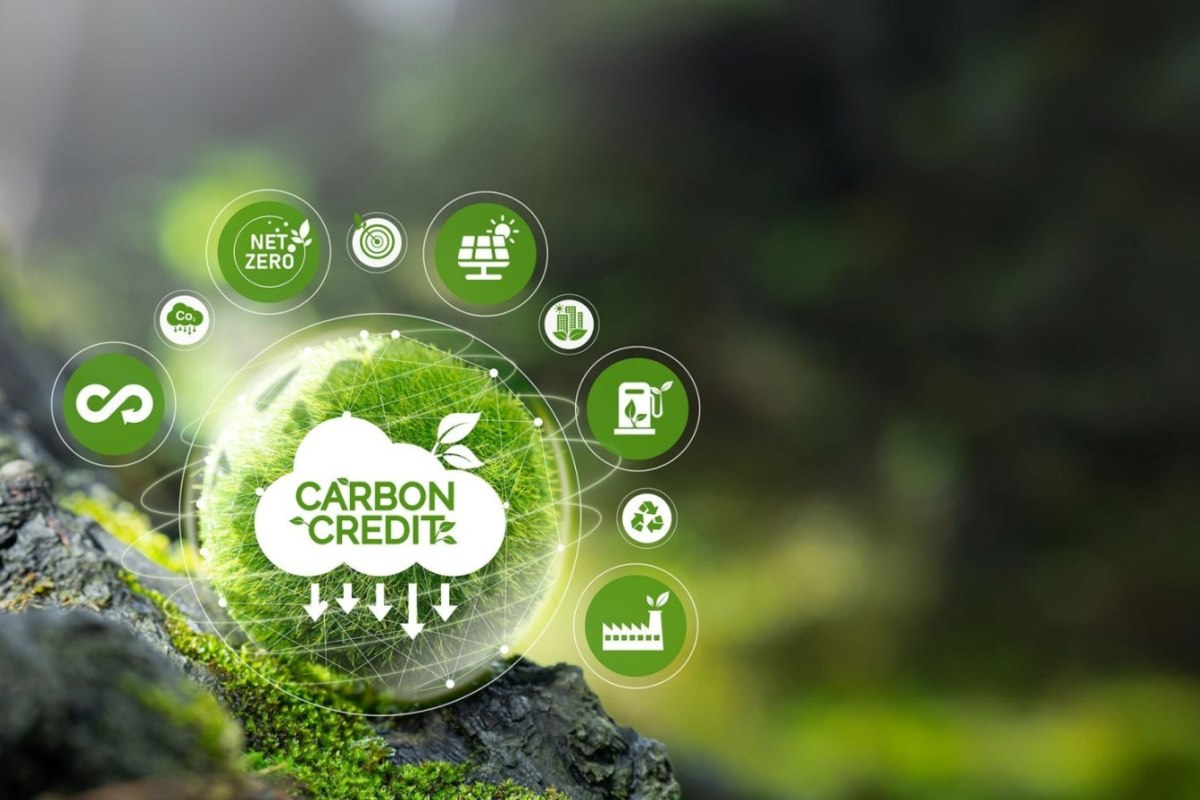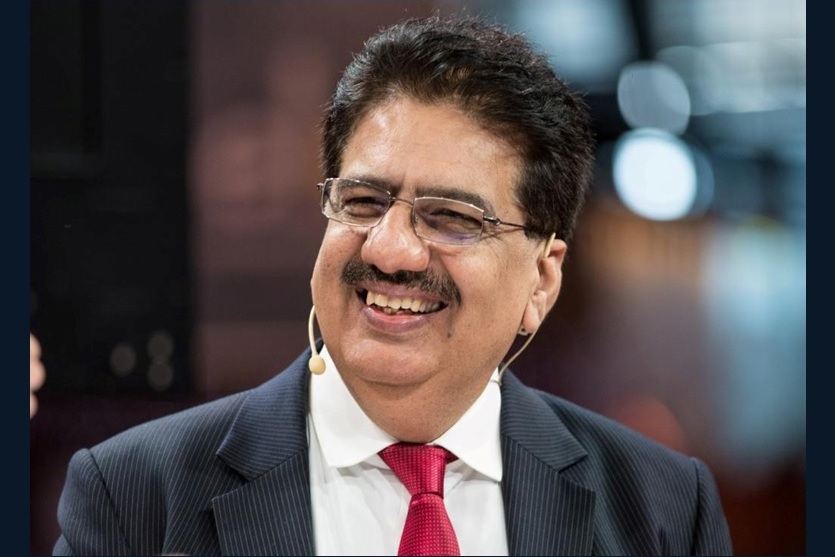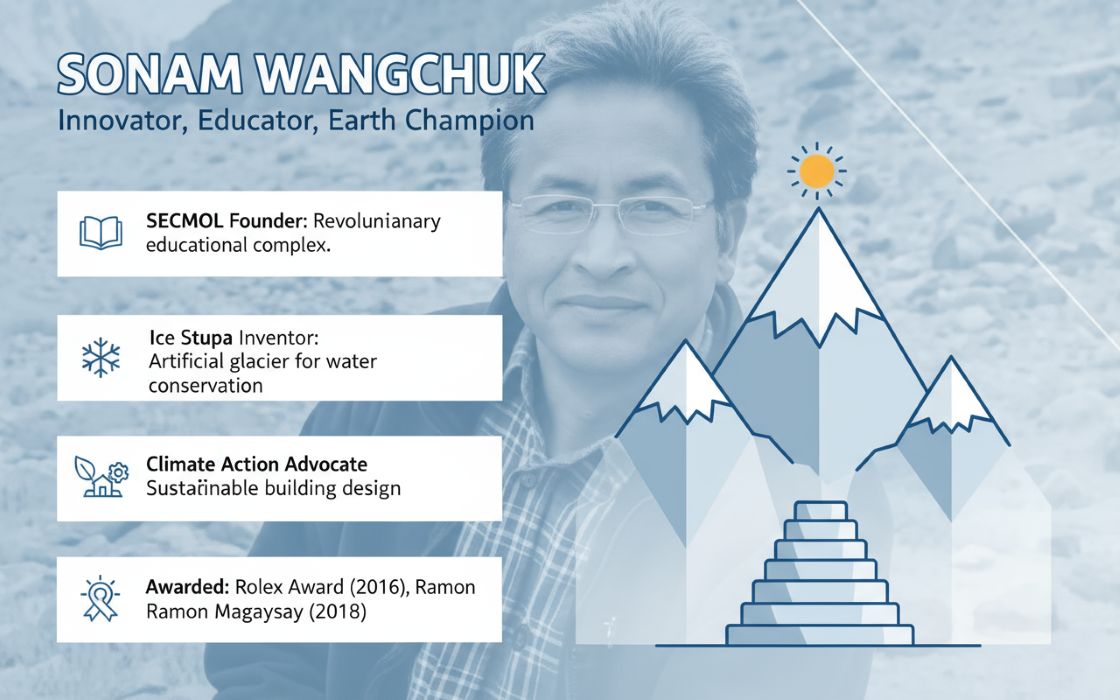As India grapples with the mounting challenge of plastic waste, a quiet but consequential contributor often escapes scrutiny: edible oil packaging. Found in nearly every household, these pouches and containers are designed for durability and convenience—but not for sustainability. And in a country that is the largest importer and one of the biggest consumers of edible oil, the environmental impact of this packaging is simply too significant to ignore.
In this thought-provoking article, Mr. Manas Raghuvanshi, Director of CSR at BN Welfare Foundation, brings attention to the urgent need for a packaging transition within the edible oil sector. With extensive on-ground experience in education, health, and environmental sustainability, he presents not just a critique of the current system, but a practical roadmap for change—one rooted in circular thinking and scalable innovation.
Over the past decade, Mr. Raghuvanshi has led a range of impactful initiatives—from greening barren lands and improving early childhood centers to launching nutrition campaigns in partnership with UNICEF. His ability to connect macro-level policy with micro-level behaviour change makes his voice especially relevant in the sustainability discourse.
Here, he challenges brands to rethink their packaging not merely as a functional necessity, but as an environmental responsibility—one that has the power to influence consumer habits, reduce ecological footprints, and redefine what “premium” means in a planet-first world.
Read on to learn what needs to be done.
Rethinking What We Throw: Why Edible Oil Brands Must Lead the Shift to Recyclable Packaging
In early 2023, during a visit to a community health centre in a semi-urban town in Uttar Pradesh, I noticed a woman carrying a sack full of used edible oil pouches, crumpled, greasy, some cleaned and folded with care. She told me she collects and sells them by weight to a scrap dealer, earning about ₹7 a kilo. “They’re good plastic,” she said with a half-smile, “because they don’t rot.”
Her words weren’t meant to make a statement, but they did. That offhand comment revealed something unsettling: the very feature that gives plastic its commercial appeal durability is also what makes it an environmental burden. What’s considered “good” in a transactional sense has quietly become one of our most persistent ecological problems.
Edible oil is a staple in nearly every Indian kitchen. Yet, the packaging that delivers it predominantly multilayer plastic pouches, PET bottles, or HDPE containers is often anything but kitchen-friendly for the planet. As we stand at the intersection of consumer convenience and climate urgency, it’s time the edible oil industry stepped up. Not just because it can but because it must.
The scale is too big to ignore
India is the world’s second-largest consumer and the largest importer of edible oil. According to the Solvent Extractors’ Association of India, the country consumed over 22 million tonnes of edible oil in FY2022–23, most of it distributed in non-recyclable or hard-to-recycle plastic packaging.
This packaging, particularly multilayer plastics (MLPs), poses a unique challenge. MLPs are made of different materials fused together like plastic and aluminium making them nearly impossible to recycle at scale with current infrastructure. While rigid packaging like PET or HDPE is technically recyclable, its actual recovery depends heavily on local waste segregation systems, collection incentives, and public awareness all of which remain inconsistent across India.
The result? Lakhs of tonnes of plastic packaging end up in landfills, drains, and water bodies each year. Unlike plastic bags or straws, edible oil packaging is oily and contaminated, further lowering its recycling potential. According to the Central Pollution Control Board, India generates over 3.4 million tonnes of plastic waste annually, and only about 30% is effectively recycled.
Now consider this: even if just 50% of edible oil packaging is discarded improperly, that’s over 10 million tonnes of plastic entering our ecosystem every year through just one essential commodity.
It’s not just what we pack, it’s what it represents
The issue of packaging isn’t only about material choice, it’s about what that choice reveals about our systems. Edible oil is a product that begins in farms, but is often delivered in materials that are anything but farm-friendly. It’s an everyday necessity with an overlooked ecological footprint.
Packaging decisions have long been driven by convenience, shelf life, and cost. But in 2024, those priorities can no longer stand in isolation from environmental impact. The current model of produce, use, and discard is no longer viable in a world confronting climate stress and resource scarcity.
We need to think in loops, not lines. Circularity should replace disposability as the default mindset.
This means going beyond short-term packaging tweaks to systemic shifts designing for recyclability, integrating refill options, and eliminating unnecessary layers in packaging. The industry must also think of packaging as more than just a wrapper, it's a responsibility. What happens after the oil is consumed should be factored into how it's packaged in the first place.
Today, we associate “premium” with sleek packaging. But the true premium, from a planetary standpoint, lies in sustainability packaging that serves its purpose without staying behind as waste.
Recyclable packaging is possible, but it has to be intentional
The good news is that alternatives exist. From monomaterial plastics (made from a single polymer and hence easier to recycle) to biodegradable films, refill stations, and even rigid packaging return models, several practical options are available. Yet, adoption remains sporadic.
The reasons are threefold: cost, infrastructure, and behaviour.
The upfront cost of shifting to sustainable packaging may be marginally higher. But when weighed against potential penalties under the Extended Producer Responsibility (EPR) regime, the rising cost of virgin plastic, and the reputational risks of inaction, it’s a sound investment. Moreover, scale often brings cost parity over time.
The second hurdle is infrastructure. While rigid plastic recycling is more established, flexible and multilayer plastics are still a challenge due to inadequate collection and processing networks. That’s where cross-sector partnerships are essential. Edible oil brands must collaborate with local bodies, recyclers, and packaging innovators to build decentralised solutions, especially in high-consumption markets.
Finally, behaviour. Consumers are accustomed to lightweight, disposable formats. But with rising environmental awareness, that too is changing. A 2023 NielsenIQ study found that 73% of Indian consumers prefer brands that support sustainability, even if it means paying a little more.
This growing awareness is an opportunity. If the industry can make sustainability visible, accessible, and aspirational especially in something as routine as buying oil, it can reshape consumer habits.
What needs to happen now
So, how can the edible oil industry lead the packaging shift and not just follow it?
- Adopt monomaterial formats for pouches
Materials like LDPE or PE can be more easily processed through existing recycling systems. With minor design tweaks, oil pouches can be made compatible with standard recyclers without compromising shelf life.
- Pilot return and refill programs
In urban centres, brands can introduce PET or HDPE jerry cans with deposit-refund mechanisms or promote bulk refill models through modern retail. Even capturing 5–10% of volume through reuse can create significant waste reduction.
- Co-invest in collection infrastructure
Work with municipal bodies to improve collection, especially in high-consumption zones. This could include sponsoring sort-and-segregate stations, incentivising waste workers, or offering take-back programs at retail points.
- Communicate actively with consumers
Packaging must carry clear recycling instructions and messaging. QR codes, mobile apps, or even reward systems can be used to gamify recycling and build brand goodwill.
- Push for scalable policy support
Industry associations should advocate for clearer guidelines on biodegradable packaging, standardisation of recyclable materials, and tax breaks or incentives for brands transitioning to circular packaging.
This is the moment to lead not linger
Edible oil packaging doesn’t get the same headlines as ocean plastic or e-waste, but its scale makes it just as urgent. It’s part of everyday life, and that’s exactly why it needs to change.
The sector’s high penetration, mass reach, and operational depth give it a unique opportunity to lead a packaging transformation that is both visible and meaningful. By making recyclability a norm not an exception, the industry can move from being part of the plastic problem to becoming a key force in the solution.
And the change doesn’t have to be perfect overnight. But it has to be intentional. Because the packaging we design today will define the world we live in tomorrow, not just for consumers, but for the climate, for our rivers, and for generations yet to come.


















.jpg)




